 Markov plants vivid ideas in readers' heads. 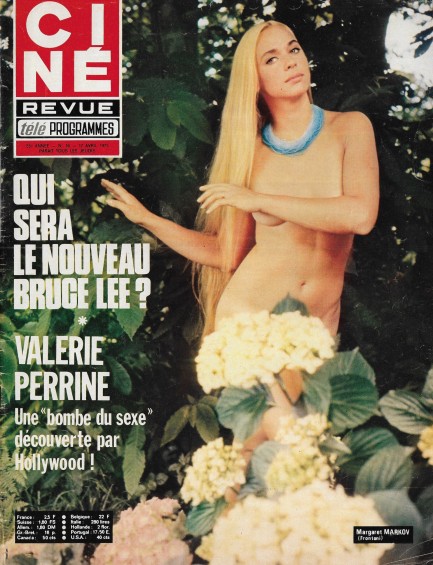
Remember the side trip to France we mentioned? Today you see the first of our acquired items, an issue of the cinema and television magazine Ciné-Revue, which was based in Belgium and published throughout Europe and the French speaking world. This one appeared today in 1975, and who is that on the cover other than Margaret Markov, a favorite star of bad U.S. exploitation movies of the era? We've seen her hanging out in the woods before. Remember this shot? The cover and centerfold of today's magazine, like that previous image, were made by Italian lensman Angelo Frontoni, who photographed scores of international actresses during the ’60s and ’70s. You've seen his work often on our website: check here, here, and especially here. He does a bang-up job with Markov, bringing to mind mythical gardens and similar fertile places. Inside the magazine are celebs such as Valerie Perrine, Anne Libert, Clark Gable, Carole Lombard, Marion Davies in a tinted shot, and on the rear cover John Phillip Law shows that he dresses to the left. That one's mostly for the Pulp Intl. girlfriends, but everyone should have a scroll and enjoy.  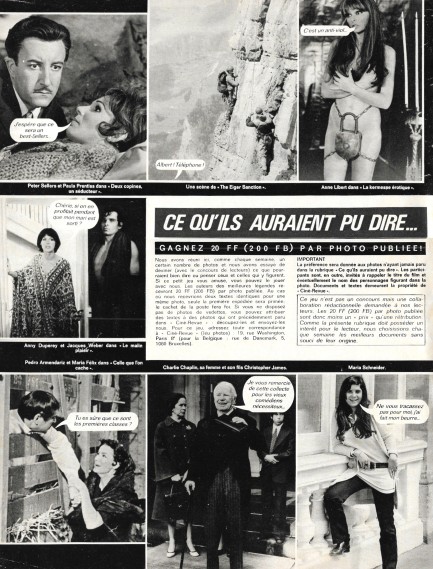 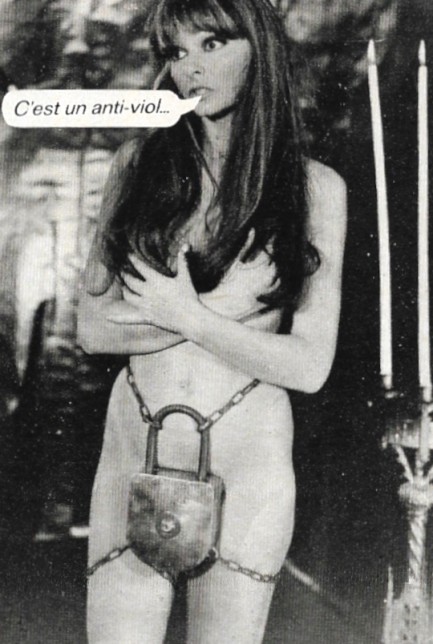 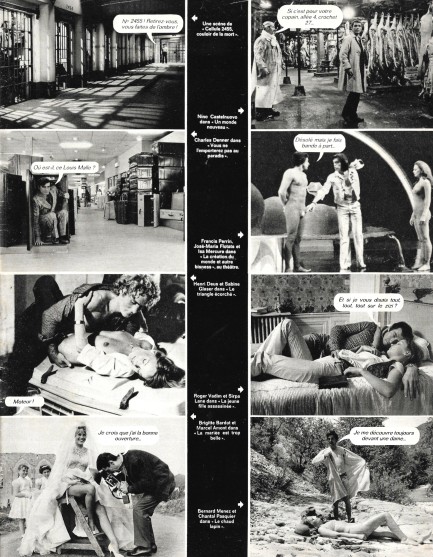  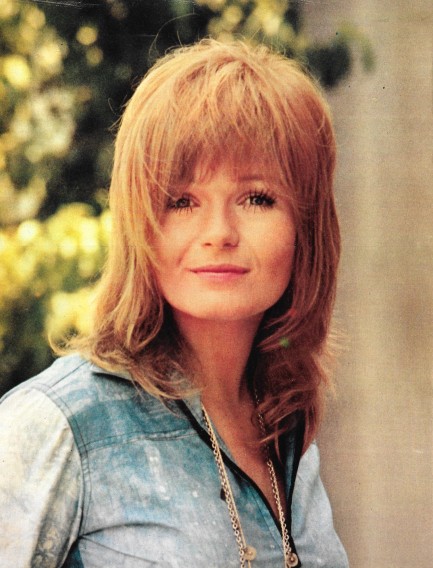 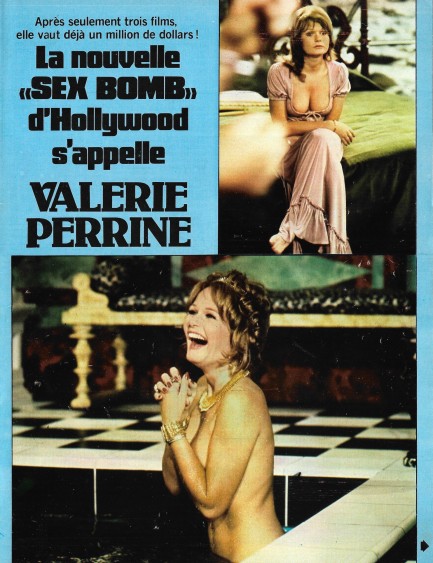 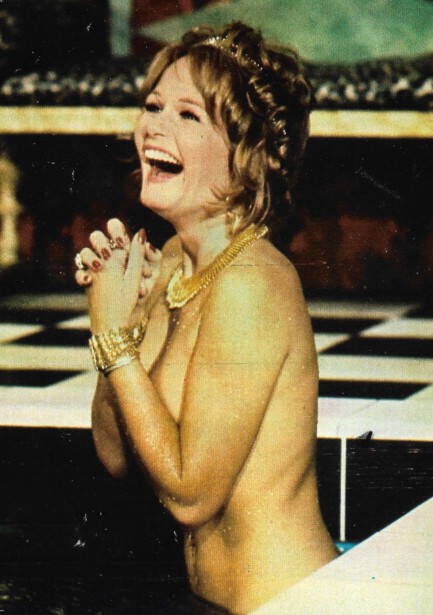 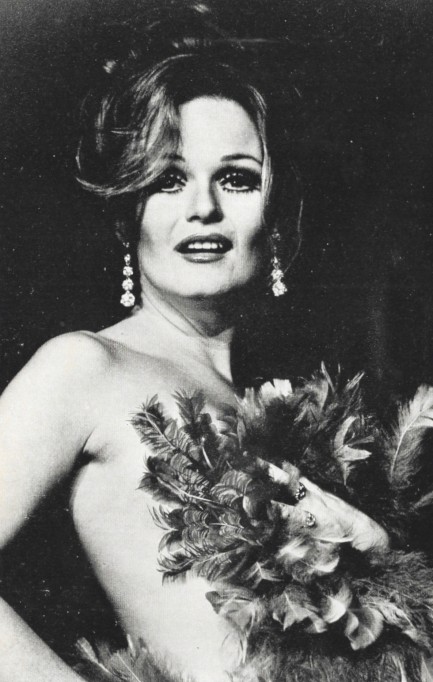 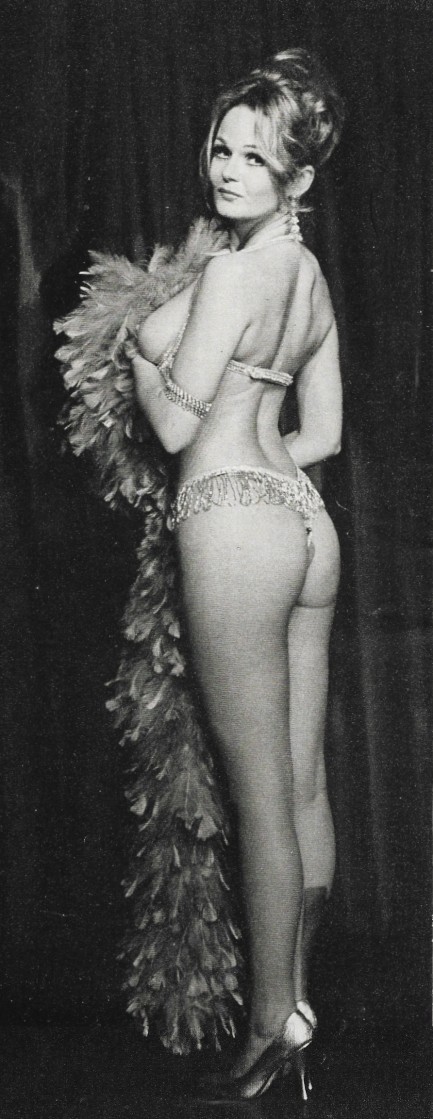 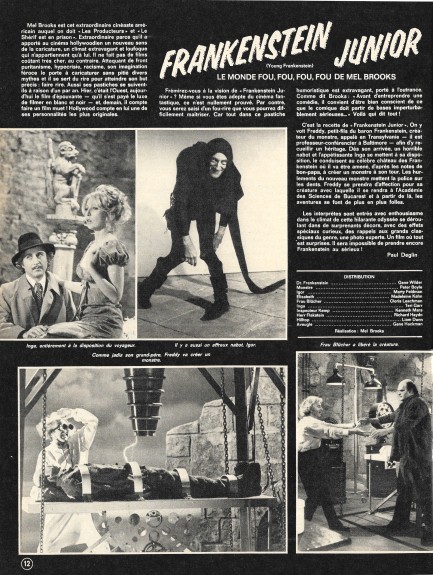 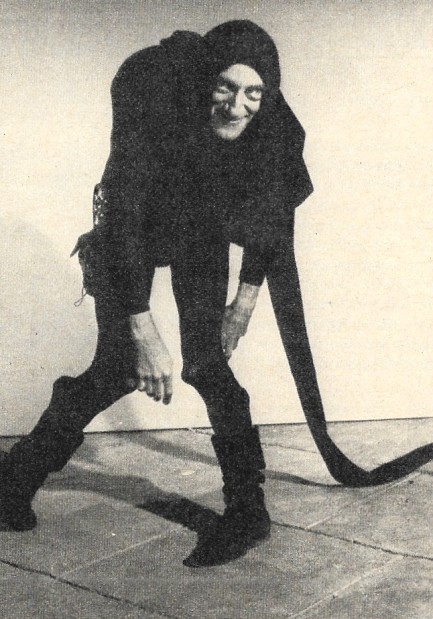 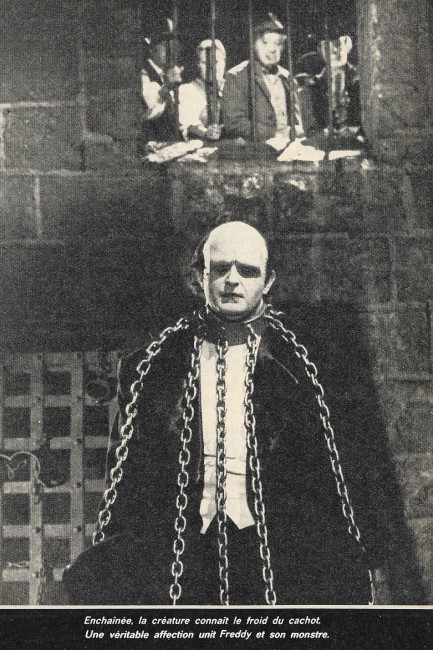 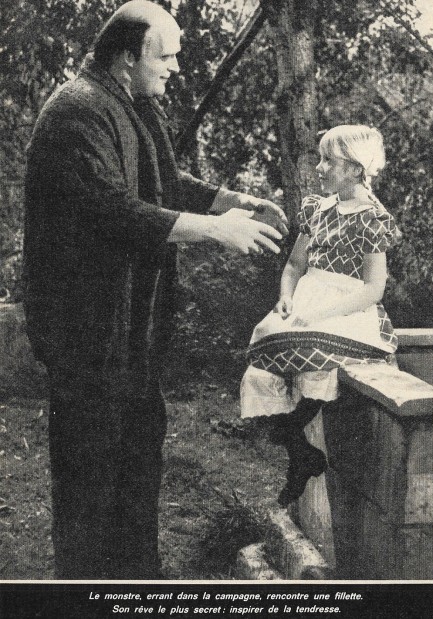 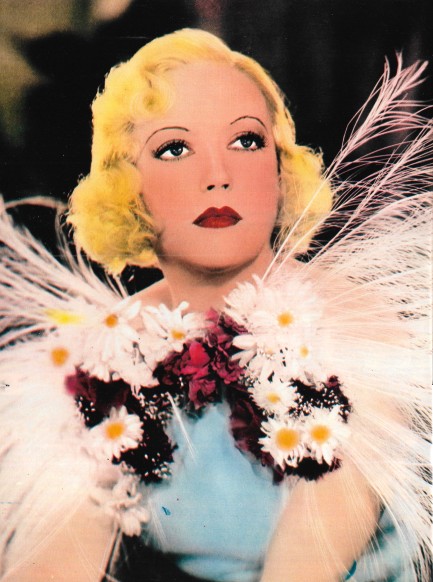 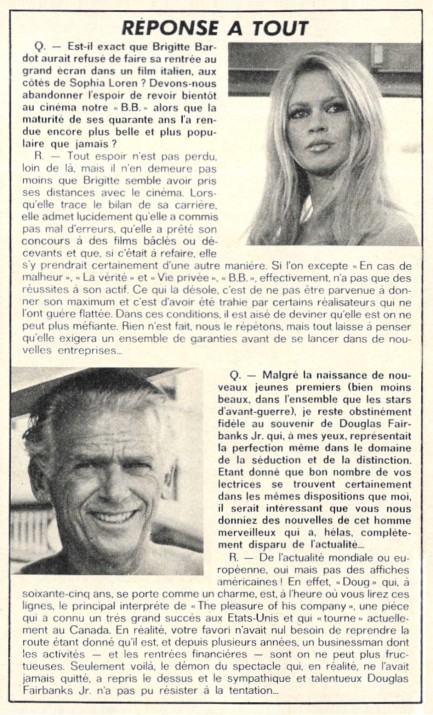 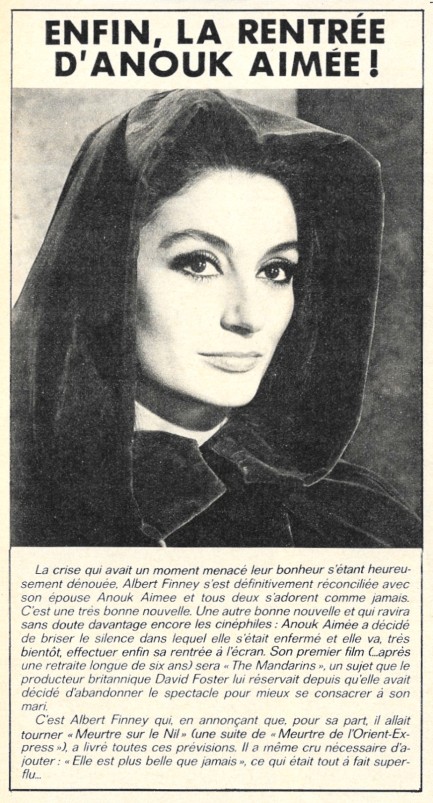 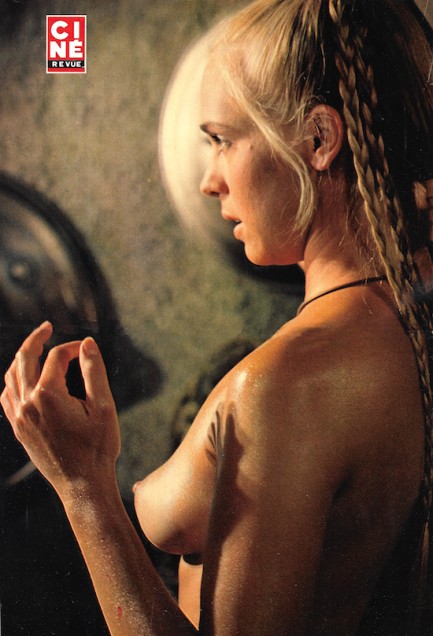 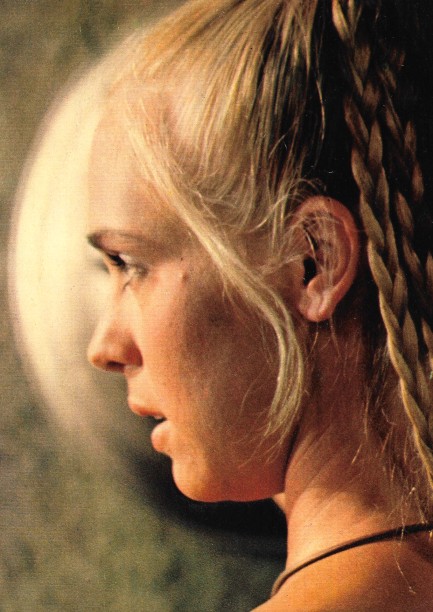 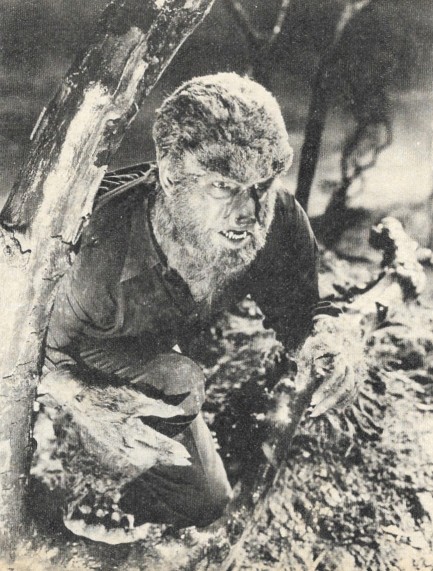 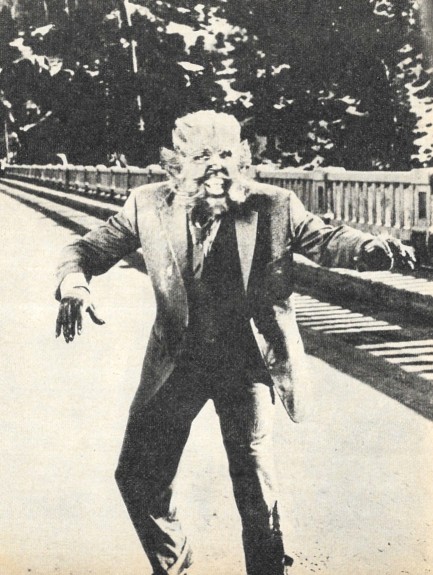 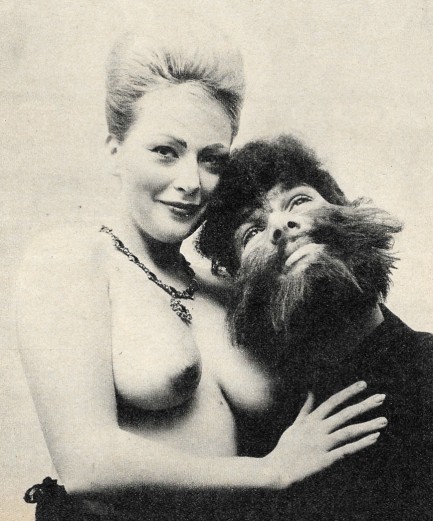 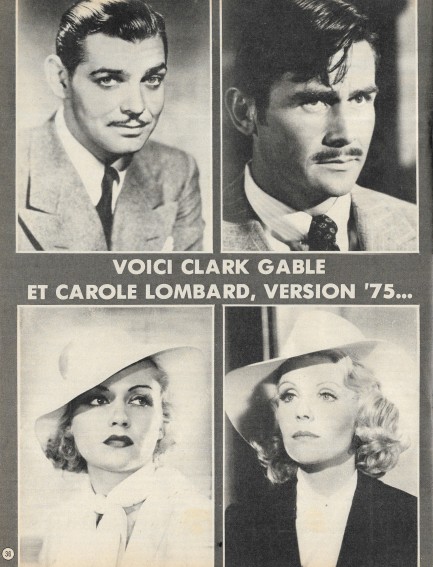 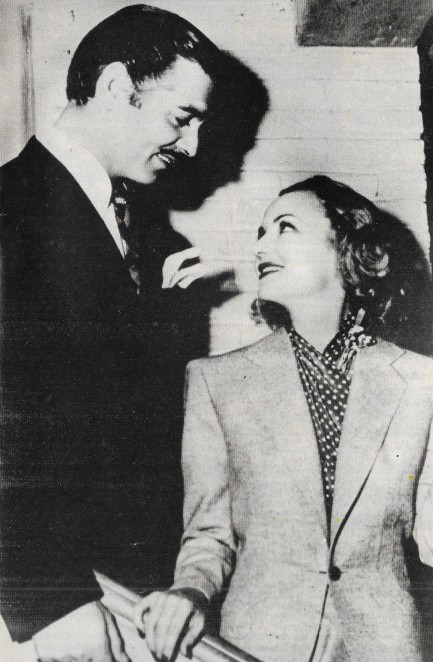 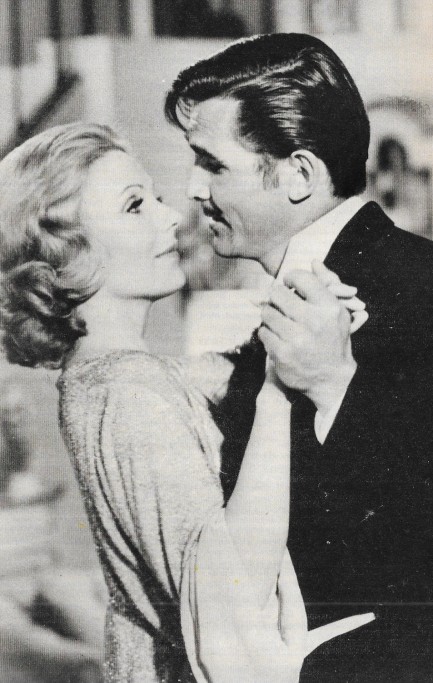 
 Kenneth Anger explores Hollywood's darkest recesses in his landmark tell-all. 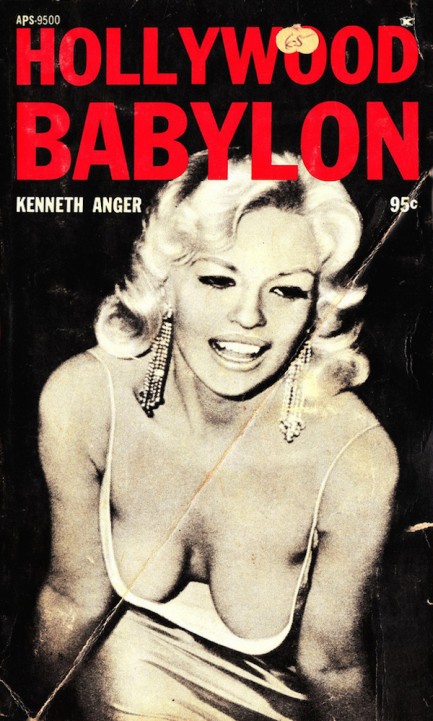
Kenneth Anger's Hollywood Babylon is the grandaddy of all Tinseltown exposés. It was published in 1965, banned ten days later, and shelved until 1975. It's exactly as advertised, outing everybody that was anybody for everything. Entire chunks are devoted to Charlie Chaplain, Lana Turner, Errol Flynn, Fatty Arbuckle and other cinematic luminaries. Some of its claims have been proved false—for instance the assertion that Lupe Velez died with her head in a toilet, and that Clara Bow screwed the USC football team (we doubt anyone really believed that one, even back then). But other tales are basically true, including accounts of various legal run-ins and feuds. Anger's writing is uneven, but at its most effective mirrors the type of pure tabloid style that influenced the likes of James Ellroy and others. Besides the salacious gossip the book has a ton of rare celeb photos, and those are of real worth. We've uploaded a bunch below. They came from a digital edition because our little paperback was too fragile to get on a scanner. By the way, don't feel as if we're working overtime on our website this Christmas morning—we uploaded everything in advance and are actually nowhere near a computer today. We're glad you took a minute to drop by. Copious vintage Hollywood below. 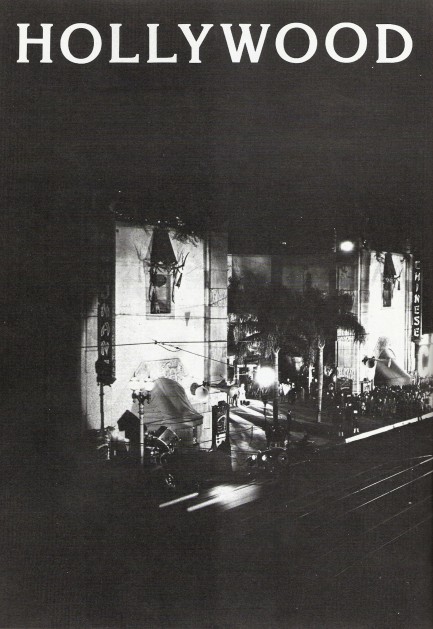 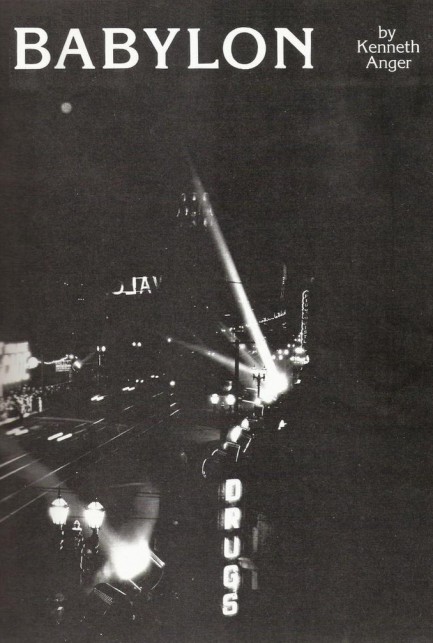 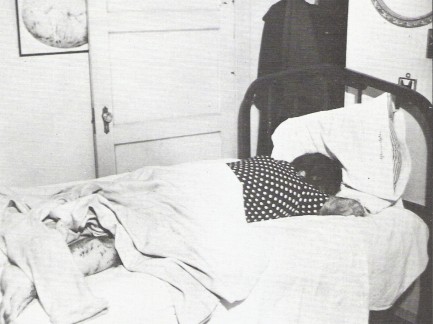 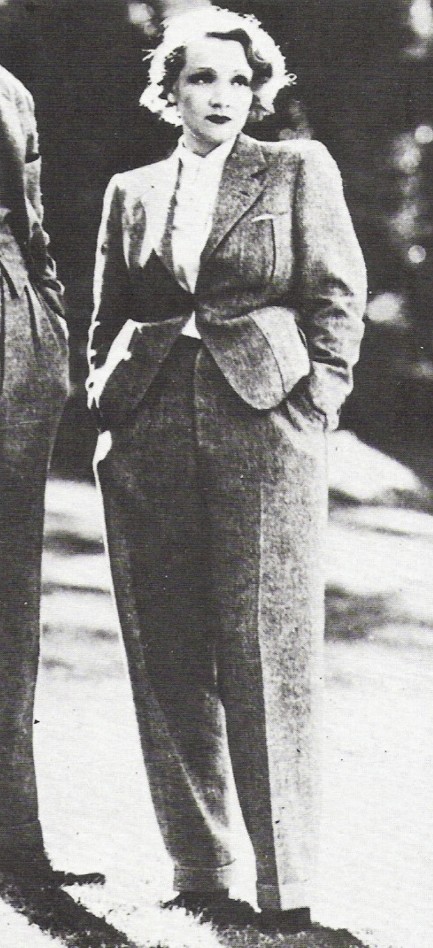 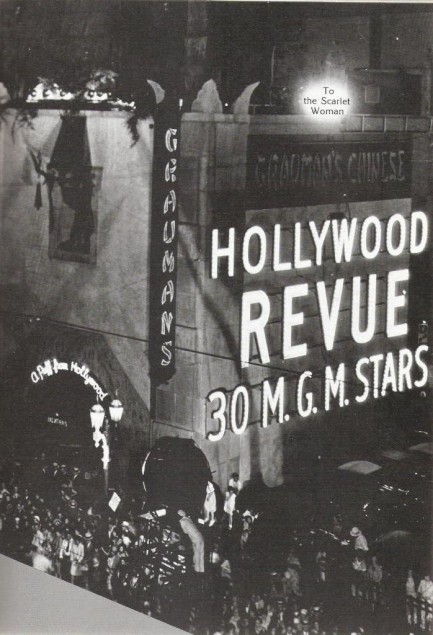 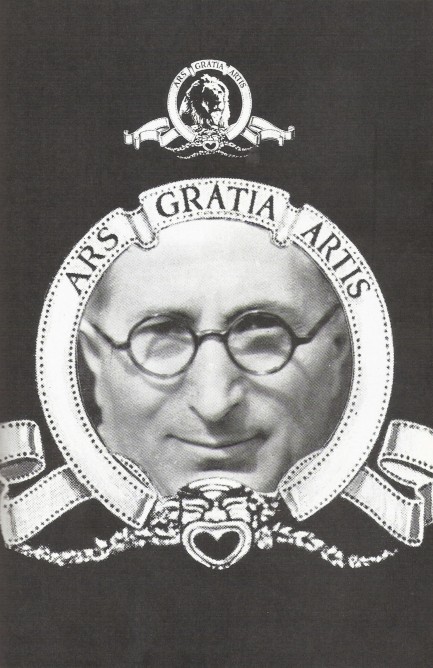 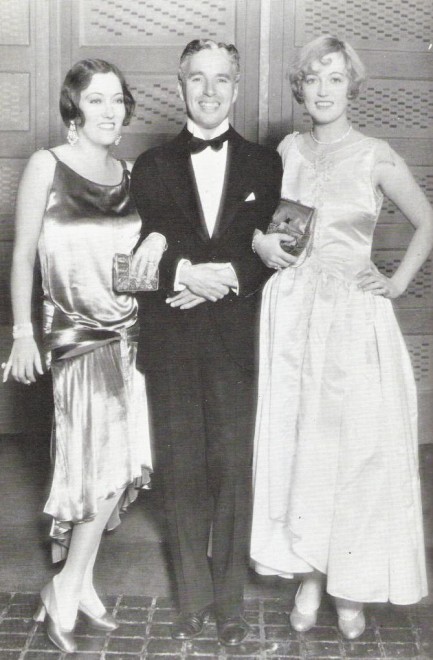 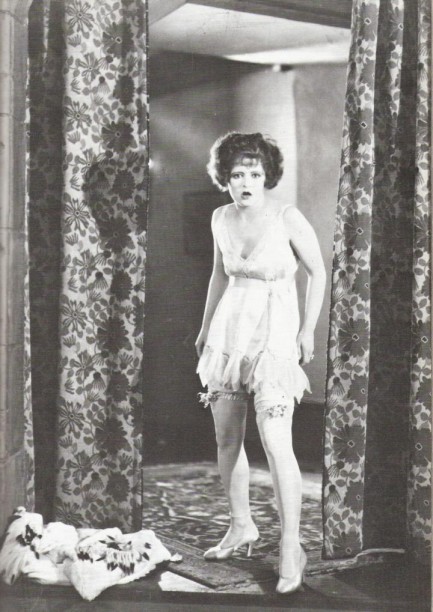 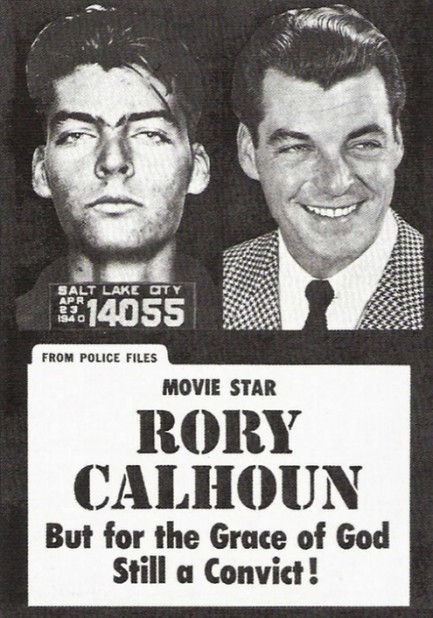 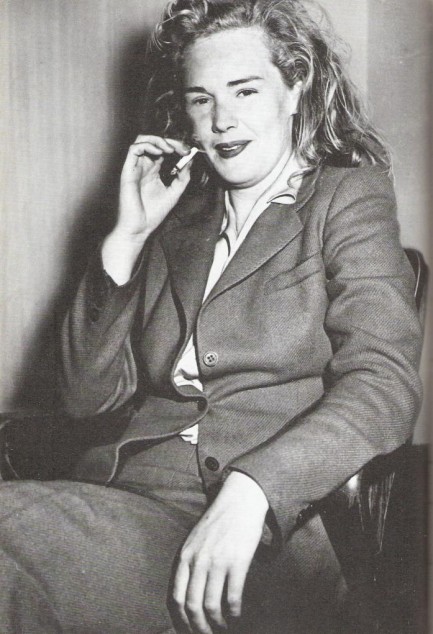 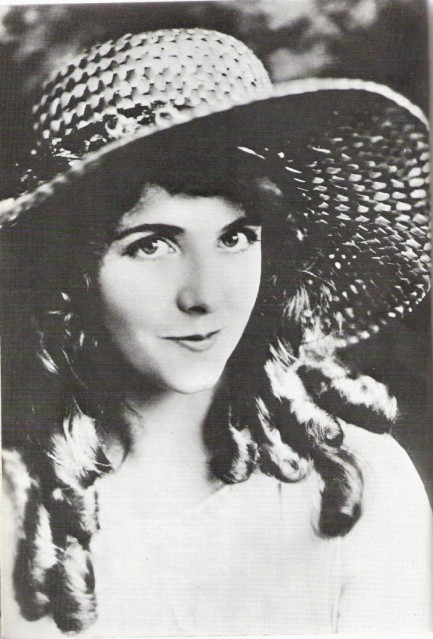 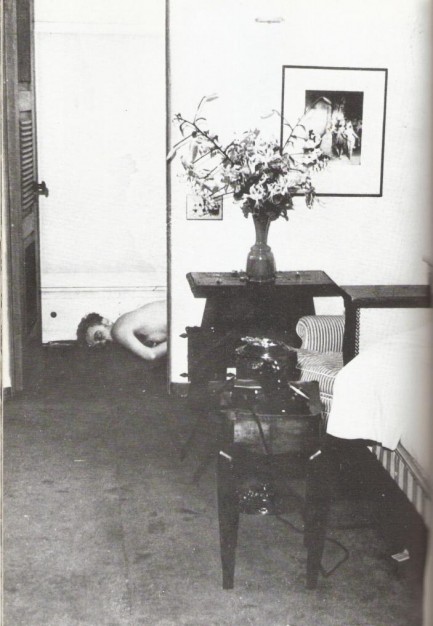 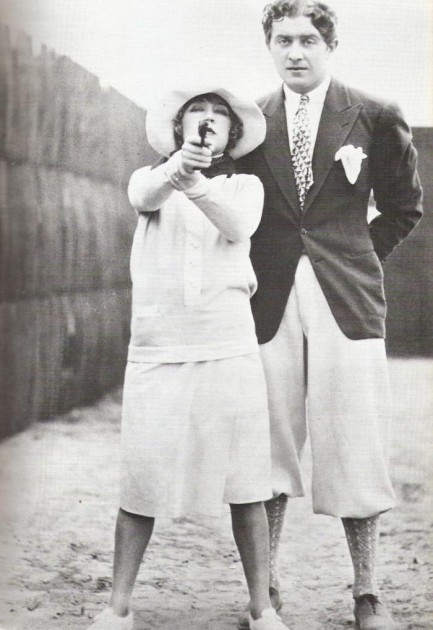 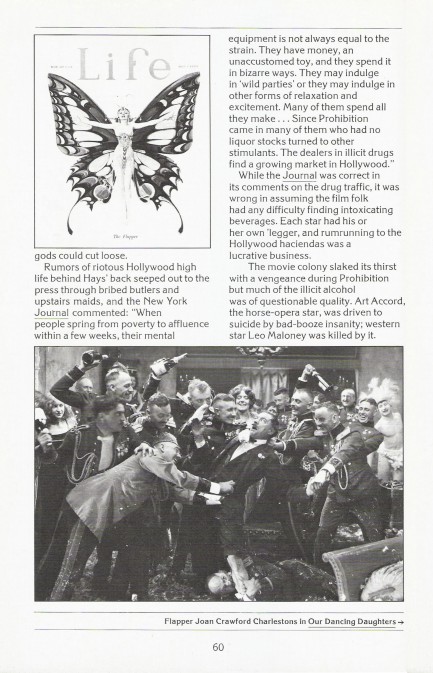 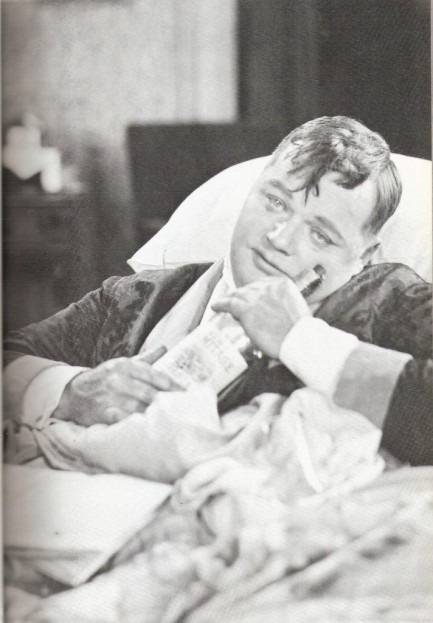 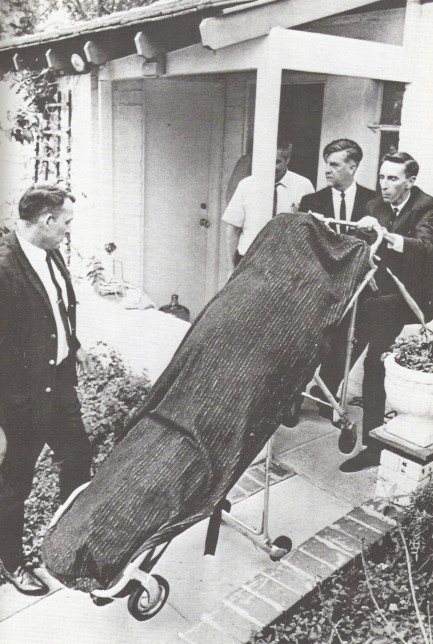 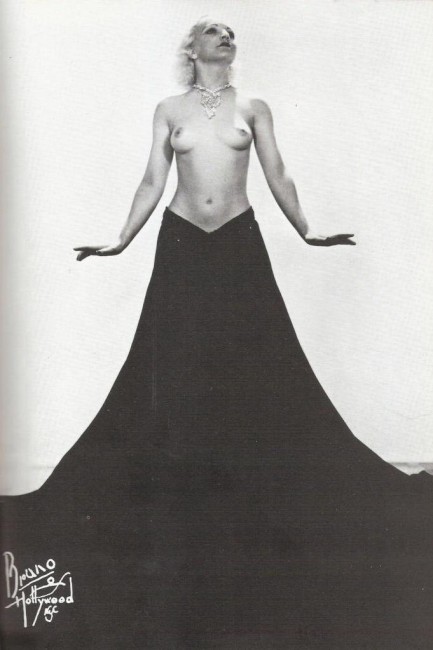 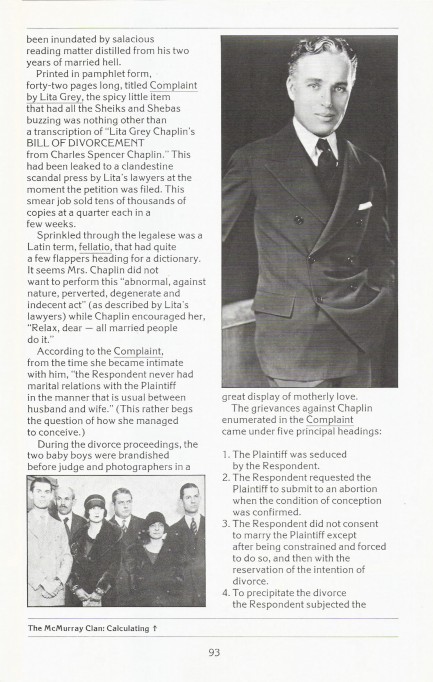 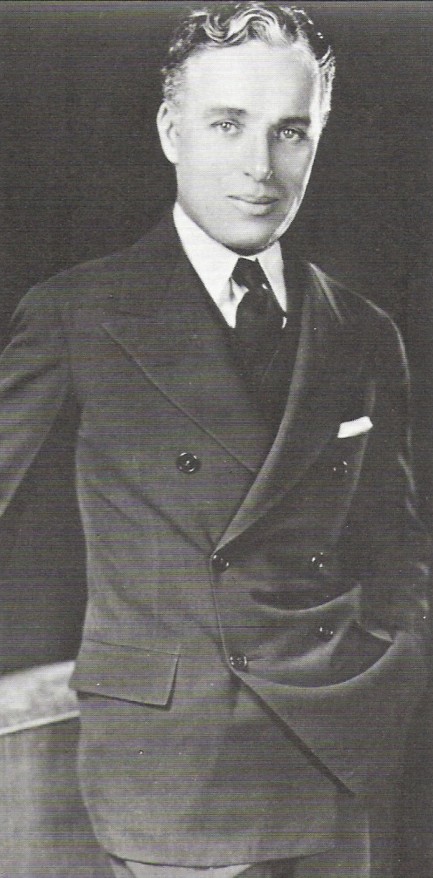 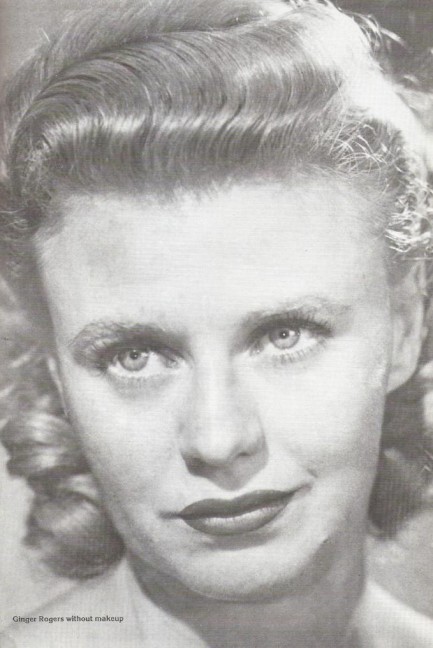 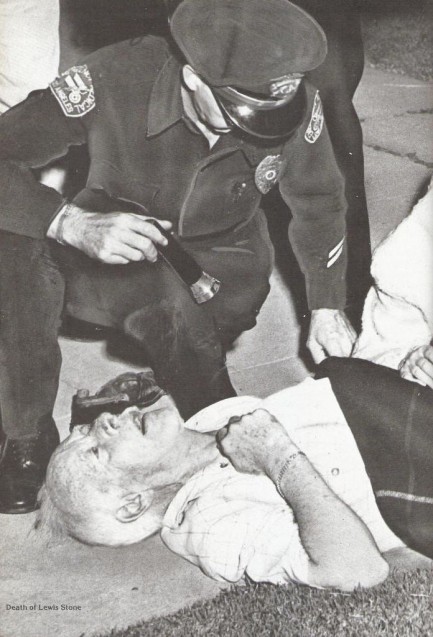 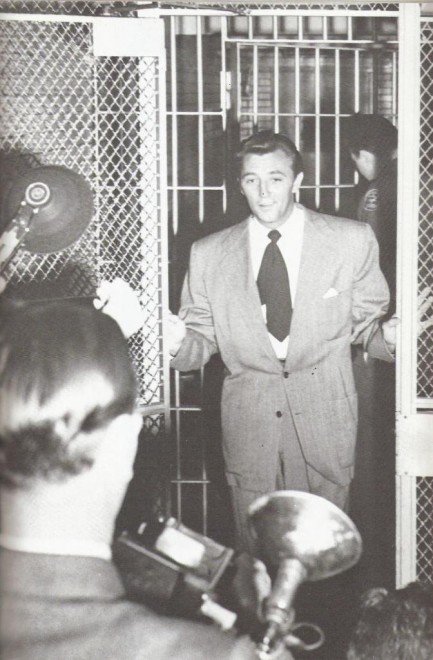 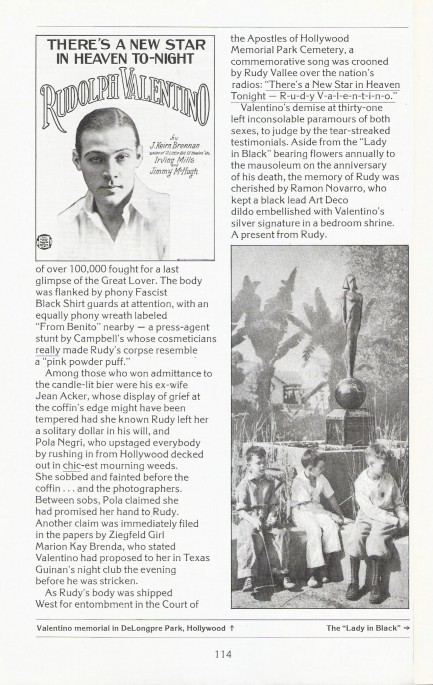 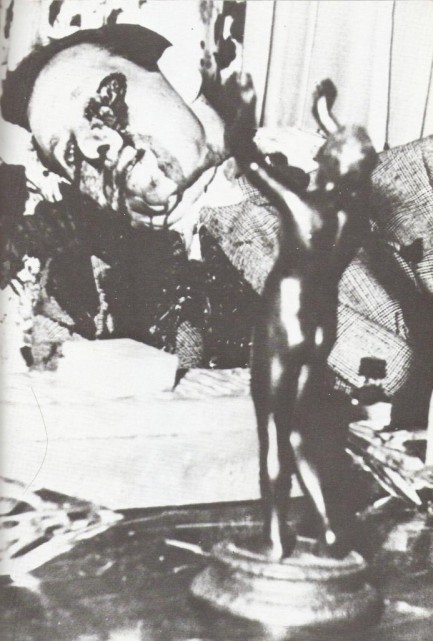 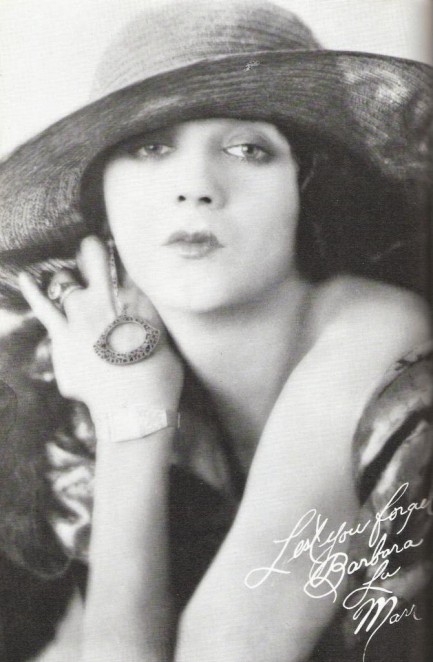 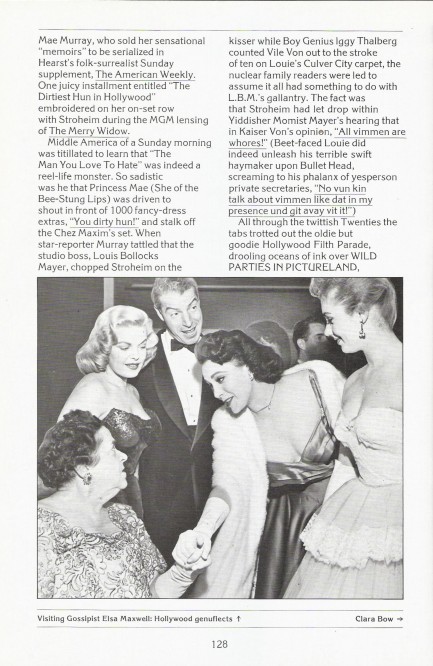 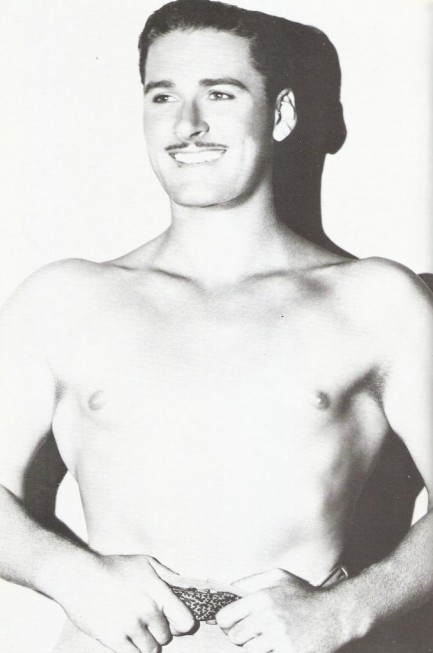 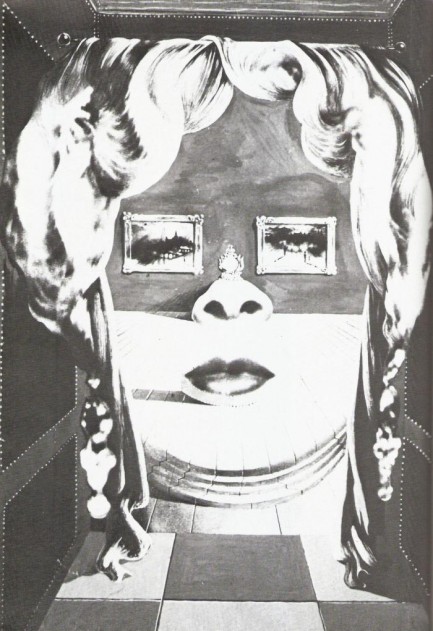 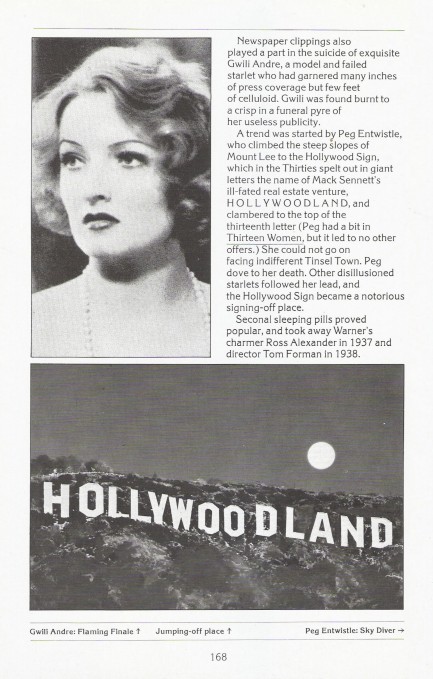 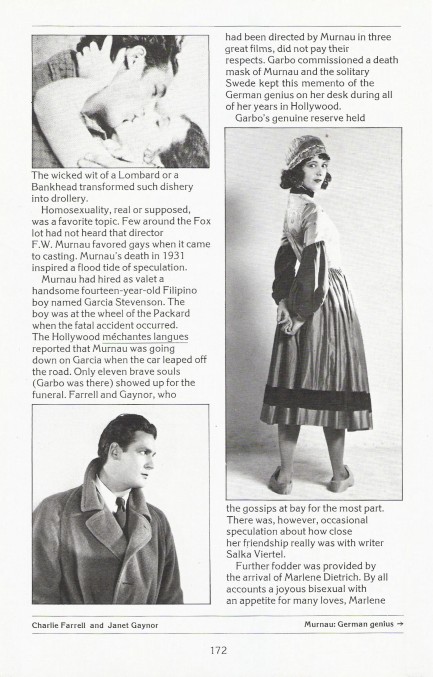 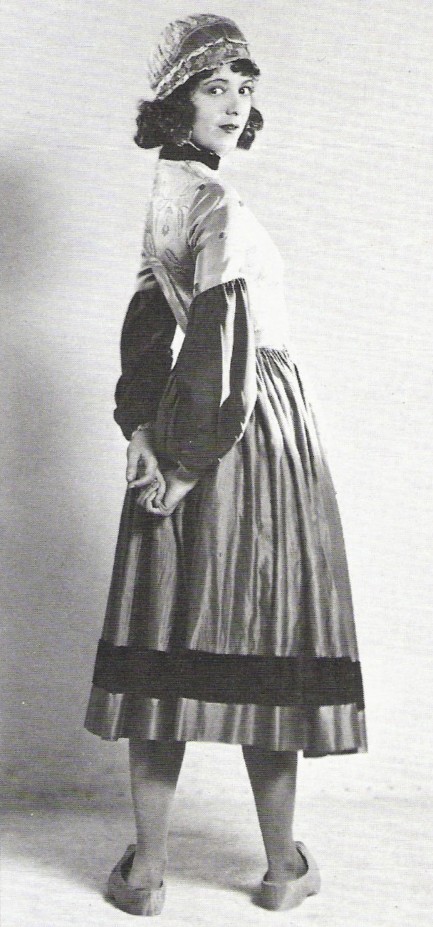 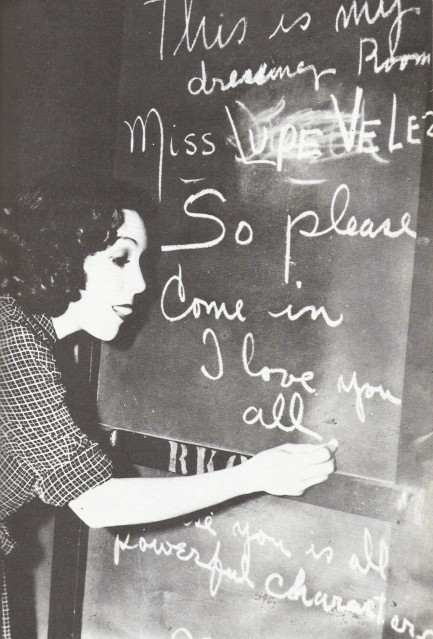 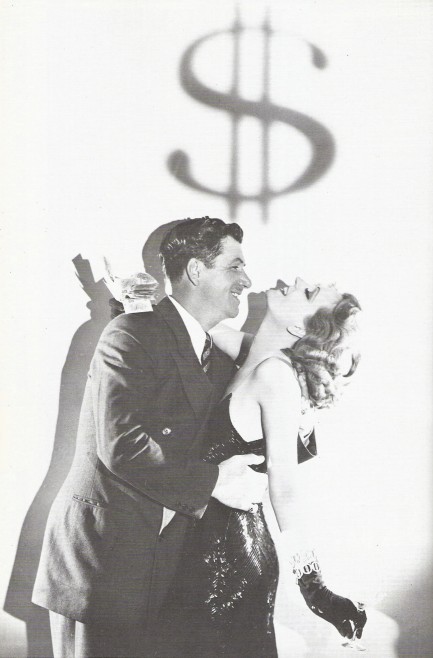 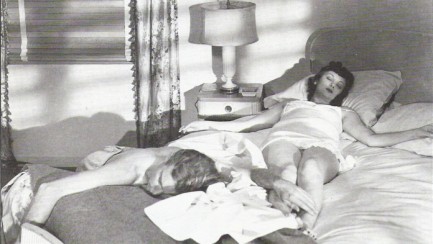 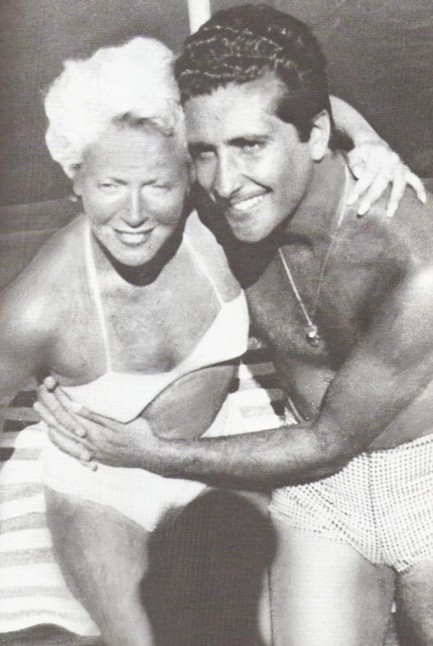 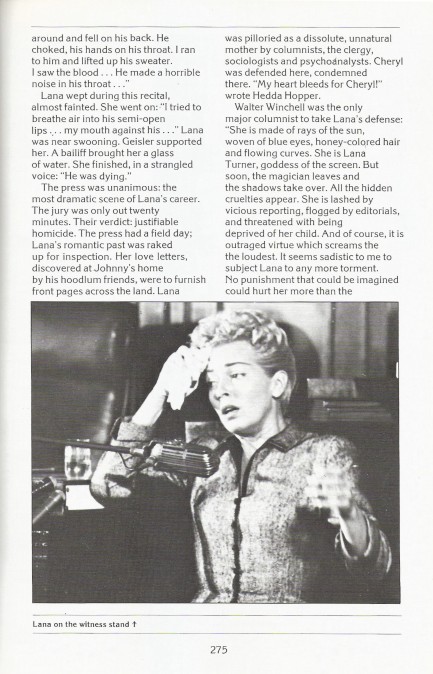 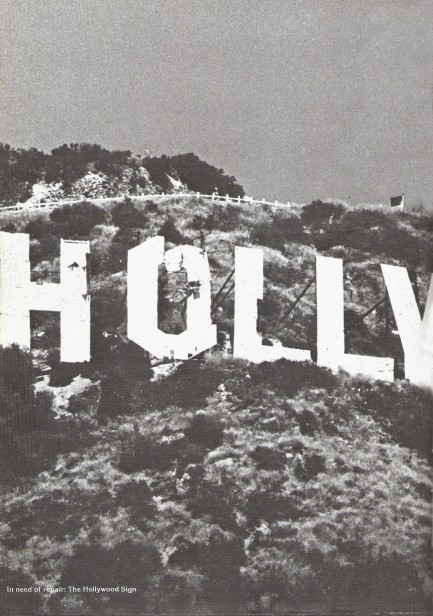 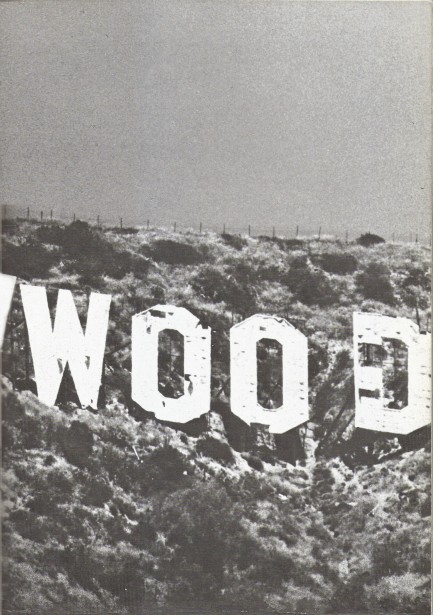
 A perfect reflection of 1930s Hollywood. 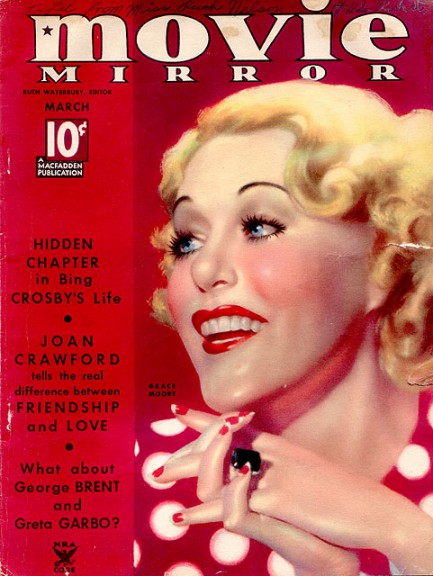
This issue of the American film magazine Movie Mirror was published today in 1935 with Grace Moore on the cover, who was promoting her role in the film Love Me Forever, and later died in a plane crash with Prince Gustaf Adolf of Sweden. You may also notice the unusual sight of editor Ruth Waterbury giving herself standalone credit at upper left. We’ve never seen that before. Waterbury isn’t well remembered today, but she was a player in her time, one of America’s famous journalistic figures, and a staple in tabloids and gossip columns. Movie Mirror billed itself as “Filmland’s most beautiful magazine,” and indeed its painted covers by the likes of John Ralston Clarke were among the most striking to be found on newsstands. In the late 1930s the magazine began moving away from painted covers to photo-illustrated fronts designed to evoke the same mood. In 1941 it merged with Photoplay and ceased to exist as a distinct publication. Below you see nine more covers, all from the 1930s, with Irene Dunne, Bette Davis, Claudette Colbert, Snow White, and others. 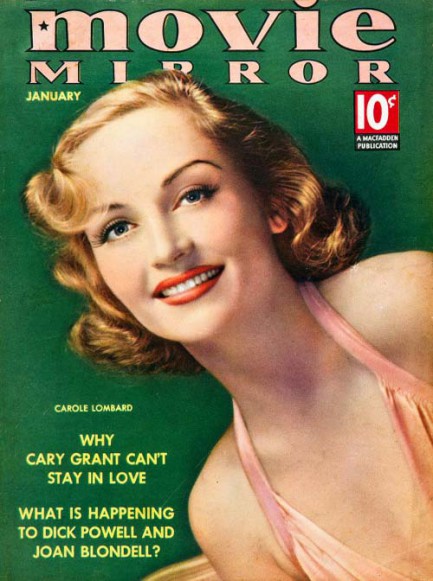 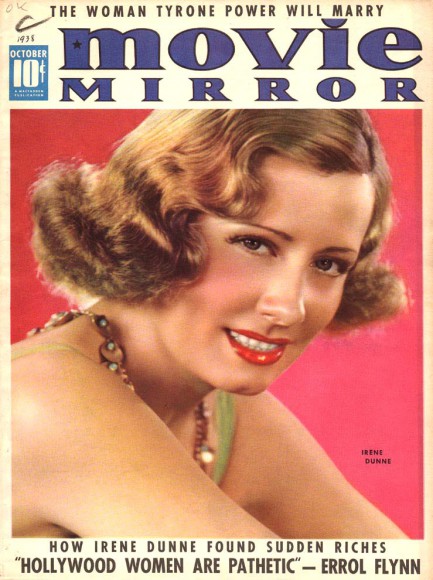 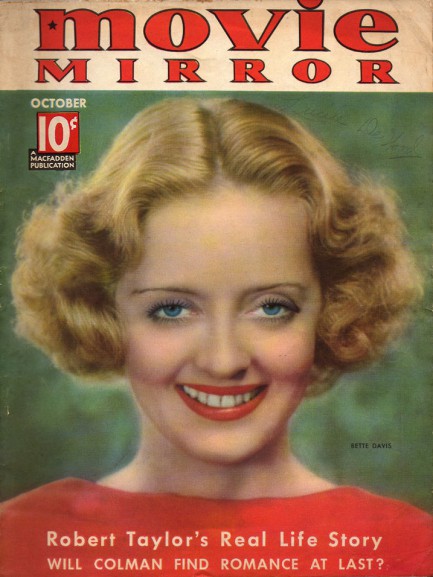 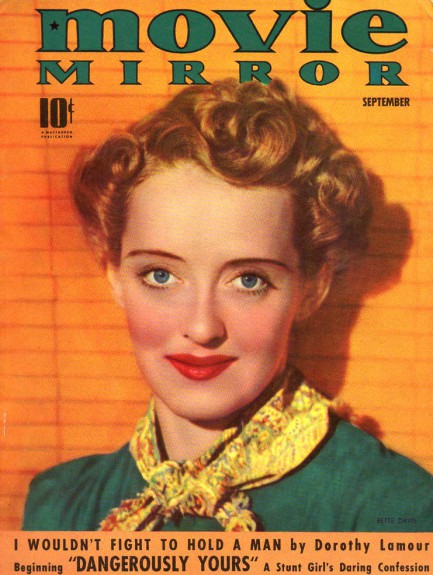 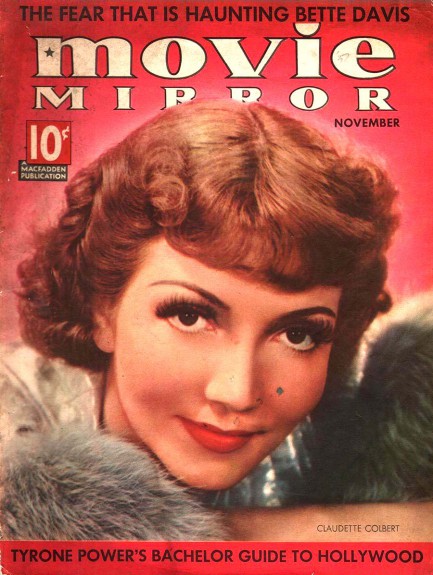 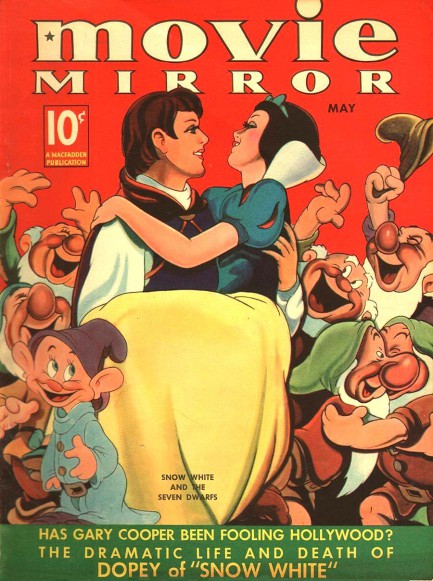 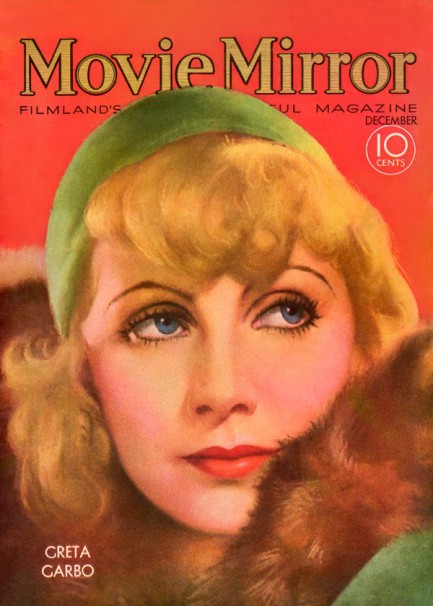 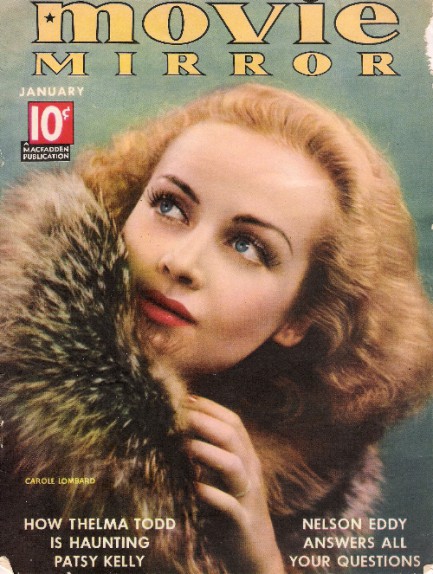 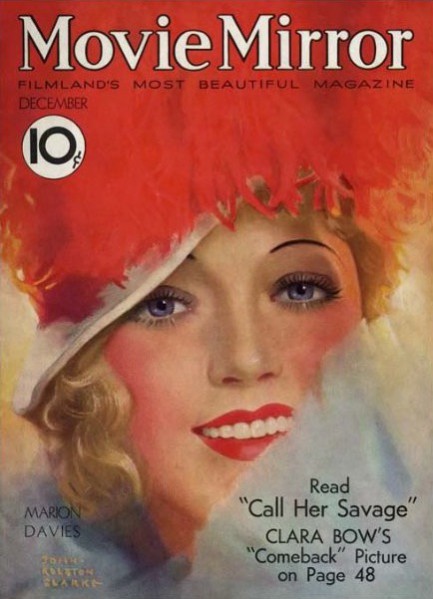
 At least, she would if she could. 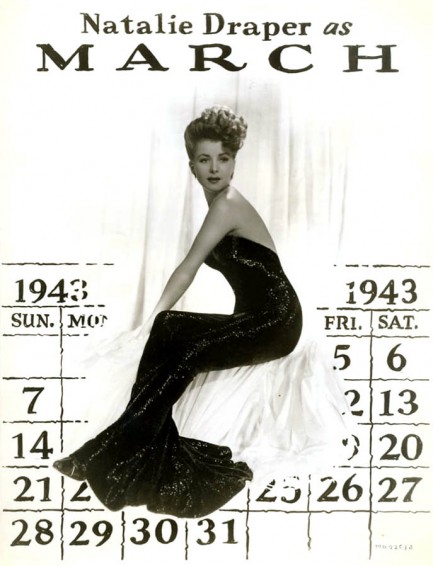
American actress Natalie Draper had a very minor career in cinema, appearing uncredited in fourteen films before finally scoring a small role as the Countess of Castlemaine in 1947’s Forever Amber. The film was directed by Otto Preminger, and afterward she began dating him. We suspect the relationship was messy, considering Preminger had been married to one of Draper’s aunts, actress Marion Davies. Whatever happened, Forever Amber was Draper’s only real shot in movies. From that point, she disappears into history—or at least the portion of it we can research via internet connection while sitting here 7,000 miles away from Los Angeles. But even if Draper never became a major player in Hollywood, she does a fine job representing March on this 1943 promotional calendar.
|
 |

The headlines that mattered yesteryear.
2003—Hope Dies
Film legend Bob Hope dies of pneumonia two months after celebrating his 100th birthday. 1945—Churchill Given the Sack
In spite of admiring Winston Churchill as a great wartime leader, Britons elect
Clement Attlee the nation's new prime minister in a sweeping victory for the Labour Party over the Conservatives. 1952—Evita Peron Dies
Eva Duarte de Peron, aka Evita, wife of the president of the Argentine Republic, dies from cancer at age 33. Evita had brought the working classes into a position of political power never witnessed before, but was hated by the nation's powerful military class. She is lain to rest in Milan, Italy in a secret grave under a nun's name, but is eventually returned to Argentina for reburial beside her husband in 1974. 1943—Mussolini Calls It Quits
Italian dictator Benito Mussolini steps down as head of the armed forces and the government. It soon becomes clear that Il Duce did not relinquish power voluntarily, but was forced to resign after former Fascist colleagues turned against him. He is later installed by Germany as leader of the Italian Social Republic in the north of the country, but is killed by partisans in 1945.
|

|
|

It's easy. We have an uploader that makes it a snap. Use it to submit your art, text, header, and subhead. Your post can be funny, serious, or anything in between, as long as it's vintage pulp. You'll get a byline and experience the fleeting pride of free authorship. We'll edit your post for typos, but the rest is up to you. Click here to give us your best shot.

|
|





















































































































































